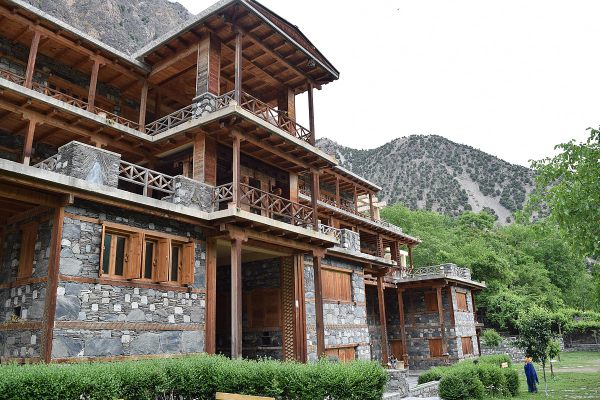Golden Regalia
This gold sash was part of a massive collection of pre-Hispanic gold artifacts discovered in an isolated village in the Philippines.
More than a millennium before Ferdinand Magellan landed in the archipelago that he called Filipinas, the islands were filled with thriving communities, ruled by their respective datu (rulers). They have sophisticated pottery and artifacts developed from trading with the surrounding civilizations in this part of the world. There was no extensive documentation on these cultures because of the lack of a permanent source of writing material, but one thing is certain—they are exceptional goldsmiths.
One day in April 1981, a local named Edilberto Morales working with heavy machinery for an irrigation project in the province of Surigao del Sur found what turned out to be 22 pounds of gold artifacts. Morales quietly took home his stash on a rice sack and covered them with bananas. He wasn’t sure what to do with the artifacts, so he entrusted them to the local priest. As words of the discovery got out, buyers and looters flocked to the village. Before long, the treasure was gone.
Fortunately, most of them made their way to the few buyers who could afford to buy them—the Central Bank and prominent people in the capital.
The items dated back to the 10th through the 13th centuries. The most prominent artifact is a sash made of 3,860 grams of gold. This piece was likely worn by an important datu during key rituals. The sash is made of tightly braided gold wires and beads woven to assemble a four-cornered halter with a slit on one end, perhaps to hold a ceremonial weapon.
It was likely made for ceremonial purposes, but no one can be sure. Similar golden regalia have been used by the Brahmin caste in India.
Know Before You Go
The Golden Regalia is part of the Ayala Museum collection. Proceed to the Gold of Ancestors: Pre-colonial treasures of the Philippines.
The museum is open Tuesday through Sunday, from 10 a.m. to 6 p.m.















Follow us on Twitter to get the latest on the world's hidden wonders.
Like us on Facebook to get the latest on the world's hidden wonders.
Follow us on Twitter Like us on Facebook